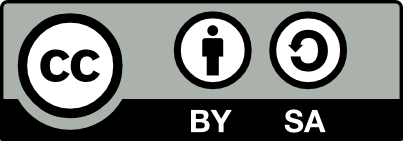
Advanced International Journal of Multidisciplinary Research
E-ISSN: 2584-0487

Plagiarism is checked by the leading plagiarism checker
Volume 3 Issue 2
March-April 2025
Here are the guidelines and steps for publishing a research paper in our journal AIJMR; however, most of other online academic journals have similar guidelines and steps too.
Steps to publish research paper:

E-ISSN 2584-0487All research papers published on this website are licensed under Creative Commons Attribution-ShareAlike 4.0 International License, and all rights belong to their respective authors/researchers.

